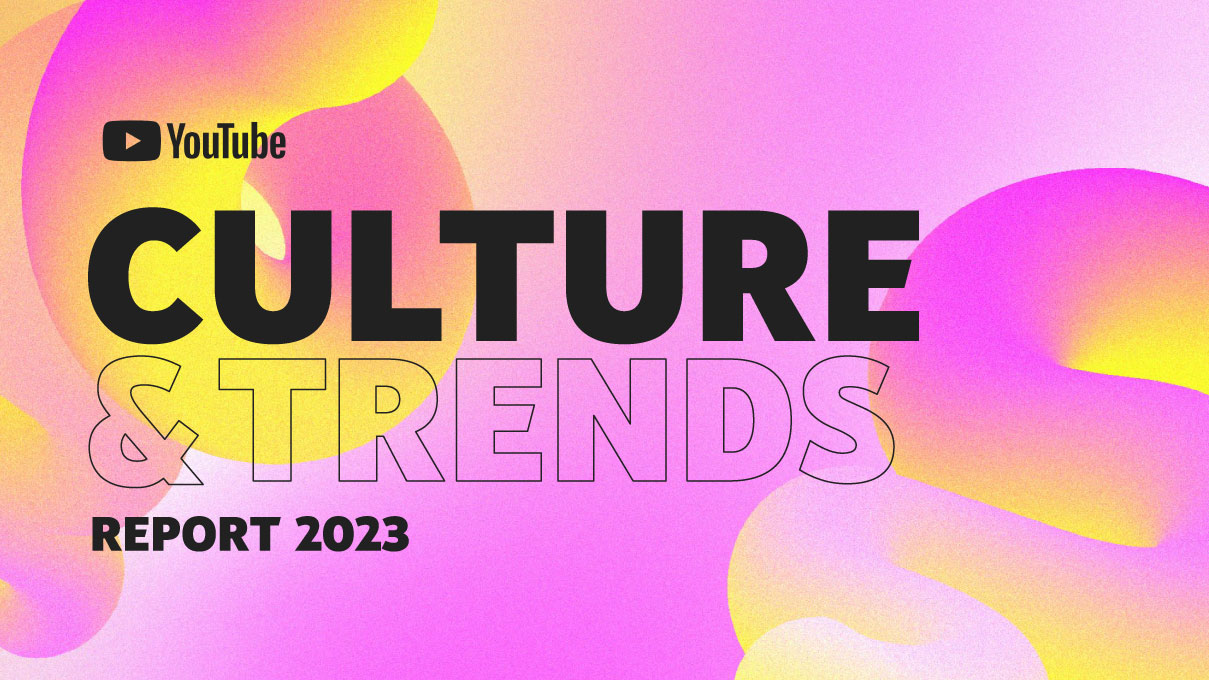Rachael Powell, head of consumer and market insights at Google AUNZ, spoke with industry experts to uncover what brands should consider when building out a smart and adaptable media mix in today’s climate.
Consumer media behaviours are constantly evolving, but in recent months, the COVID-19 pandemic has prompted unprecedented shifts in the ways people use media platforms. Despite the exponential changes, a number of brands are succeeding, even thriving. While there isn’t a one-size-fits-all approach to optimising a brand’s media mix, it begs the question: How are these brands creating effective marketing plans for today and tomorrow?
To find answers, I spoke with effectiveness gurus Les Binet, group head of effectiveness, Adam&EveDDB; Mark Ritson, virtual professor, Marketing Week and marketing professor, Melbourne Business School; and Paul Sinkinson, managing director, Analytic Partners. They opened up about the data they’re looking at, the insights they’re discovering, and the recommendations and considerations they have for marketers.
What should marketers do right now to reach their audiences?
“I’m a big believer that the more channels, the better. As you add media channels to a campaign, the synergy helps you lift the ROI, and it just gets greater and greater and greater.”

Focus on media synergies
Just like choosing the right combination of ingredients makes for a delicious brekkie, selecting the best blend of channels to market your brand creates the optimal media mix. It’s no surprise that we’ve seen digital channel return on investment (ROI) surge higher as more people have stayed home because of lockdown restrictions. When deciding where to invest your time and energy, the more avenues for reaching customers, the better. “The reality is, at least when it comes to channels, more is very much more,” says Ritson.
Along with choosing the right mix, “more reach drives more sales, but frequency doesn’t work that way. You need a certain amount of reinforcement. That’s why we see different channels adding a higher ROI,” explains Sinkinson. Depending on your goals, some channels make more sense than others. But there’s no arguing that integrated multichannel campaigns will maximise your ROI.
Measuring media synergy across channels
Why invest in online video now and in the long-term?
“[Online video] has the ability to do both bottom-of-funnel targeted activation and performance marketing … and also has the ability to be a top-of-funnel standard, broadcast, emotional, brand building media.”

Reach mass and targeted audiences with online video
As digital adoption accelerates, online video is becoming an even more invaluable tool for brands. While marketers view traditional TV advertising as one of the most efficient ways to reach a mass audience with a lasting, emotional appeal, they are starting to see gaps in the demographics reached with these ads. For example, more potential customers in the younger demos are gravitating away from TV in favor of subscription video on demand (SVOD), and they’re continuing to embrace YouTube, Facebook, and other digital outlets. That means more brands will inevitably need to complement traditional TV ads with online video.
“I would say smart marketing these days involves having the bulk of your budget typically devoted to brand building. TV is still worth having in the mix, but supplemented with newer digital brand building,” says Binet. “Paid search is the digital activation medium power excellence. If I had three media to use, I would use TV, online video, and paid search.”
For example, he explains, his agency’s John Lewis ads, which are among the most effective and well-known ads in the UK, rely on TV and online video to achieve broad reach emotion at scale. But they’re supplemented with digital activation. Different businesses will choose a different mix of media, he adds, but “digital activation is the way to go.”
Online video is also proving to be a powerful medium for brand building because it can both reach a wide audience and focus on specific products and ROI-targeted conversions. And, increasingly, new approaches are giving brands opportunities to experiment with how they use online video to tell their stories and connect with customers.
How will share of search impact your recovery?
“If you’re a business with healthy demand and you can meet that demand, this is the buying opportunity of a lifetime. Smart businesses will be going, now, is our opportunity to get high share of voice, gain market share, and drive our competitors out of business.”

Be present when your customers need you
Showing up where and when your customers are looking has never been more important. Even so, many brands have had to adjust their marketing strategies because of increased demand, insufficient supply, or shrinking budgets. But search is one area that should be top of mind, as it provides an opportunity to increase market share by capturing more organic and paid queries. And that helps brands gain a larger share of voice and share of search.
“If you imagine share of voice is at the top, and that eventually funnels down to grow market share, share of search would give us a good indication of salience, of activity, and might actually be more accurate than share of voice,” explains Ritson.
Capturing share of search now can put your brand in a better position by making it easier to find over competitors and providing insight into what customers are looking for. According to Sinkinson, “As soon as you’re able to do something with that traffic, it will be your number one ROI. As you make your website better, UX better, that vastly increases ROI. But also, more expensive products [and] higher involvement products, where there’s more emotional involvement in the purchase, that’s driven higher results as well.”
As we continue into the recovery phase, your brand will have a strong footing in the market and be able to make smarter marketing decisions moving forward.
While the last few months have been defined by unpredictability, there are still plenty of opportunities for brands to get ahead. Savvy marketers are reaching audiences more efficiently and effectively by focusing on channels with the highest ROI, creating synergies across media, and meeting consumers where they are.
So, as you plan out your media mix, remember that now is the time to test and learn, especially with online video and search.
To find out more about innovative and effective marketing solutions, follow along with Rachael on her investigative journey by watching “Rethink your media mix.”





